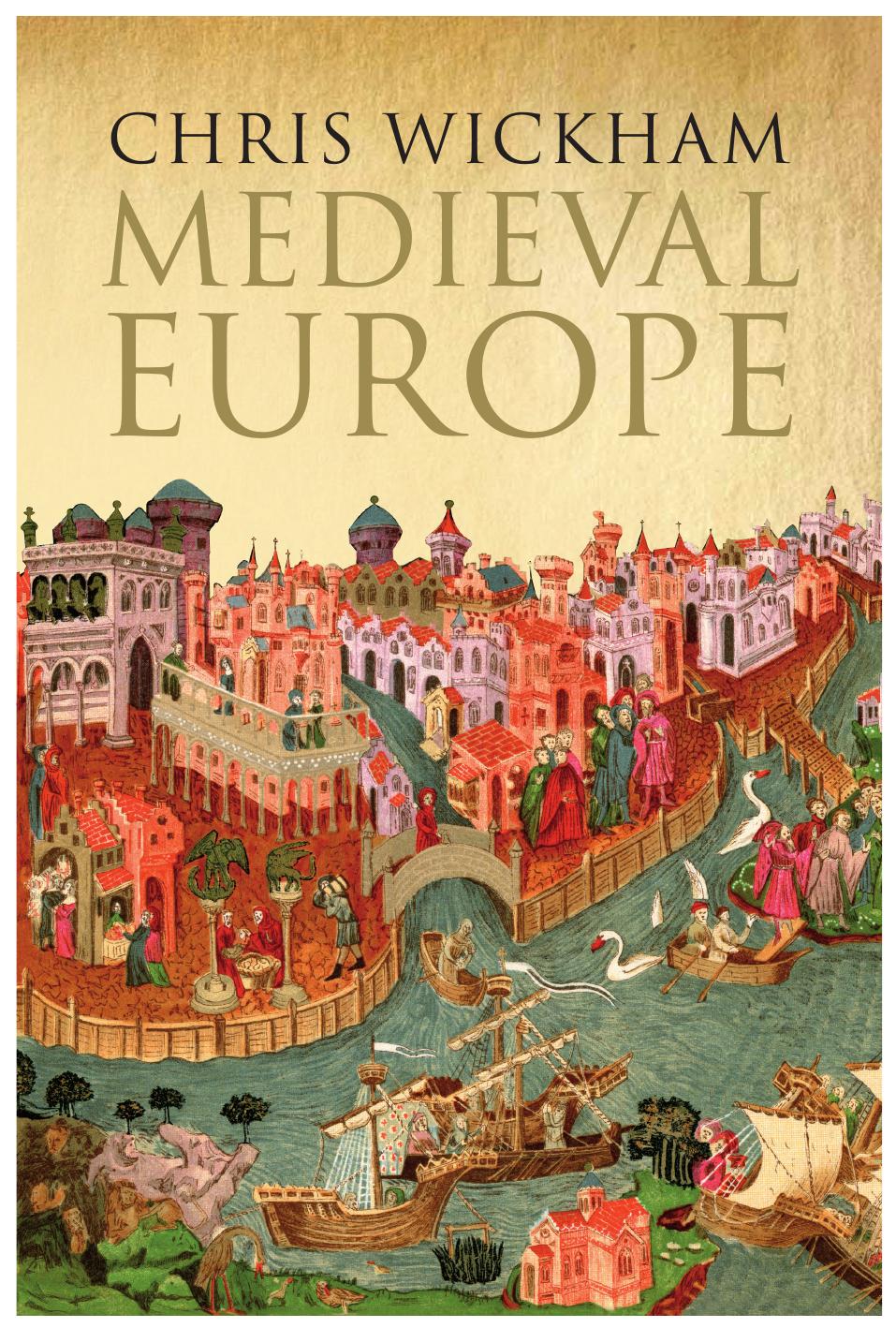Medieval Europe by Chris Wickham

Author:Chris Wickham
Language: eng
Format: epub, mobi, azw3, pdf
ISBN: 9780300208344
Publisher: Yale University Press
CHAPTER TEN
Defining society: gender and community in late medieval Europe
When we get into the later middle ages, the information we have about Europeans, particularly western Europeans, increases exponentially. Court records survive from Italian cities in their hundreds of thousands, and financial records from the English government almost to the same extent. Furthermore, the increasing range of lay literacy means that we have writings by ever-wider groups of people, and from ever further down the social scale – sometimes artisans, very occasionally peasants. These texts are increasingly not in Latin, and are thus closer to, although not the same as, the ordinary speech of the laity. The result of all this is that it becomes easier to get a sense of some of the cultural values and practices of the non-élite majority, and to know more about the non-religious values of élites as well. Let us therefore look at how cultural practices actually worked in this period, focusing on gender difference, with particular regard to women, and community solidarity: mostly after 1300, but looking back where possible too. This will be the inescapable underpinning, the cultural base if you like, for the analyses of political superstructures and discourses, and economic change, which will follow in the next two chapters. I will begin with two examples of female religious innovation and reactions to it, which will help to illuminate some of the wider presuppositions of the period as well, above all concerning female gender roles. That in itself will take us into the world of the values of the laity, and we will then look at other aspects of these, using, among other sources, contemporary imaginative literature. Here we will concentrate on the collective identities, of, in turn, aristocrats, townspeople and peasants, and how they were increasingly clearly defined – including the dark side of such definition, the stigmatisation of outsiders.
So let us start with the future saint Catherine of Siena, who died in 1380 at the age of thirty-three, whose success and whose strangeness show what possibilities there were for a certain sort of female protagonism in her time. She was from a prosperous artisan family, of dyers, who were part of Siena’s medium élite, and included city leaders in the 1360s; she was said by her biographer to be her mother’s twenty-third child, but was one of only five or so to survive into adulthood. She refused food early, and by 1370 was eating virtually nothing; it is entirely likely that her decision in 1380 to stop drinking water for a month as well contributed to her death not long after. Caroline Bynum has convincingly shown how this decision by Catherine – and its associated physical signs, like sleeplessness, plus more extreme food choices like drinking pus – cannot simply be seen through the prism of anorexia, but also needs to be understood inside the complex relationship to food, to the Eucharist and to Christ’s blood which was a characteristic feature of female spirituals. Catherine, who also refused marriage and
Download
Medieval Europe by Chris Wickham.mobi
Medieval Europe by Chris Wickham.azw3
Medieval Europe by Chris Wickham.pdf
This site does not store any files on its server. We only index and link to content provided by other sites. Please contact the content providers to delete copyright contents if any and email us, we'll remove relevant links or contents immediately.
| Africa | Americas |
| Arctic & Antarctica | Asia |
| Australia & Oceania | Europe |
| Middle East | Russia |
| United States | World |
| Ancient Civilizations | Military |
| Historical Study & Educational Resources |
Room 212 by Kate Stewart(4741)
The Crown by Robert Lacey(4578)
Endurance: Shackleton's Incredible Voyage by Alfred Lansing(4513)
The Iron Duke by The Iron Duke(4126)
The Rape of Nanking by Iris Chang(4024)
Killing England by Bill O'Reilly(3899)
Joan of Arc by Mary Gordon(3790)
Say Nothing by Patrick Radden Keefe(3730)
I'll Give You the Sun by Jandy Nelson(3274)
Shadow of Night by Deborah Harkness(3179)
Hitler's Monsters by Eric Kurlander(3166)
Mary, Queen of Scots, and the Murder of Lord Darnley by Alison Weir(3071)
Blood and Sand by Alex Von Tunzelmann(3060)
Darkest Hour by Anthony McCarten(3019)
Margaret Thatcher: The Autobiography by Thatcher Margaret(2972)
Eleanor & Park by Rainbow Rowell(2944)
Red Famine: Stalin's War on Ukraine by Anne Applebaum(2817)
Book of Life by Deborah Harkness(2723)
The One Memory of Flora Banks by Emily Barr(2687)
